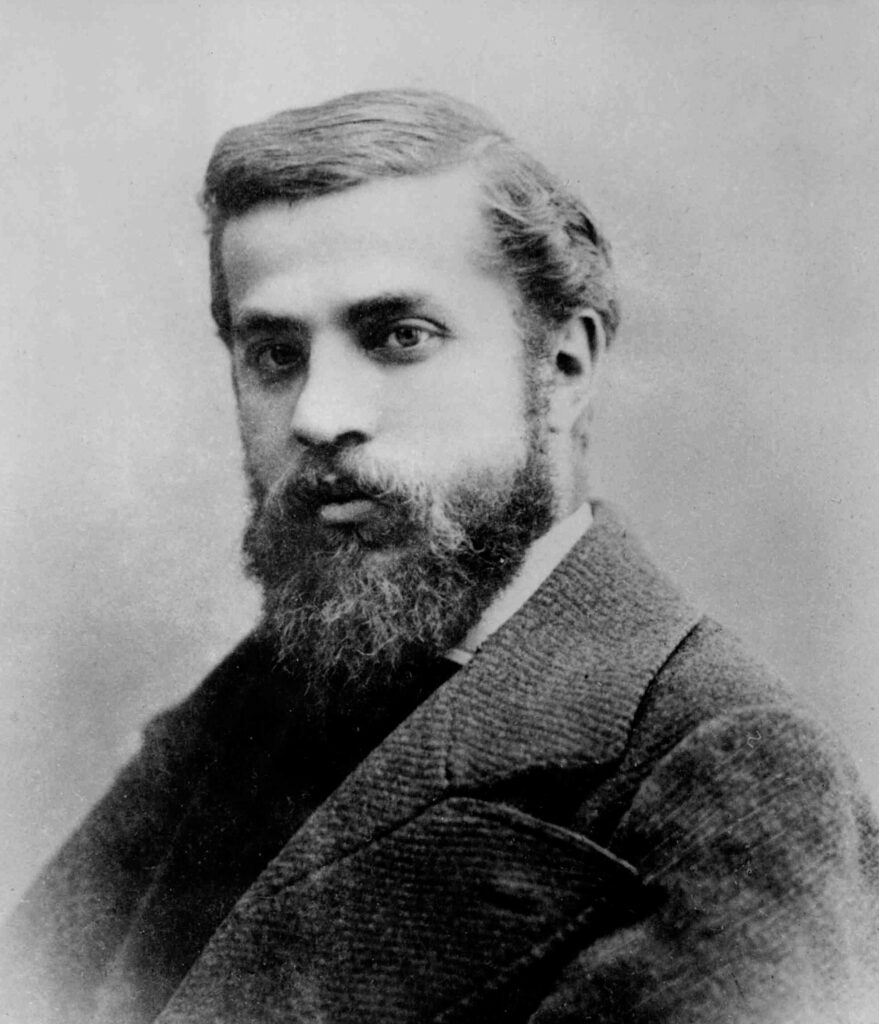
Once upon a time, in the heart of Catalonia, a visionary architect named Antoni Gaudí was born in 1852. From a young age, Gaudí showed a deep connection to nature, and this connection would go on to shape his extraordinary career.
As a young man, Gaudí studied architecture in Barcelona, where he quickly gained a reputation for his unique style. His designs seemed to defy convention, drawing inspiration from the world around him. Trees, caves, seashells, and other natural forms inspired the organic shapes and intricate details that would become his signature.
One of his most famous creations, the Sagrada Família, began to take shape in 1882. Gaudí dedicated much of his life to this monumental basilica, envisioning it as a symbol of faith and a celebration of nature’s beauty. The Sagrada Família’sspires soared into the sky, mimicking the grace of trees reaching for the heavens.
But Gaudí’s genius wasn’t confined to the Sagrada Família. He designed countless other masterpieces, such as Casa Milà, Casa Batlló, Park Güell and many more. Gaudí’s creations weren’t just buildings; they were celebrations of creativity and the natural world. His work captivated the world, drawing admirers from every corner of the globe.
Tragically, Gaudí’s life was cut short in 1926 when he was struck by a tram in Barcelona. He passed away, leaving some of his most ambitious projects, like the Sagrada Família, unfinished. Yet, his legacy lived on.
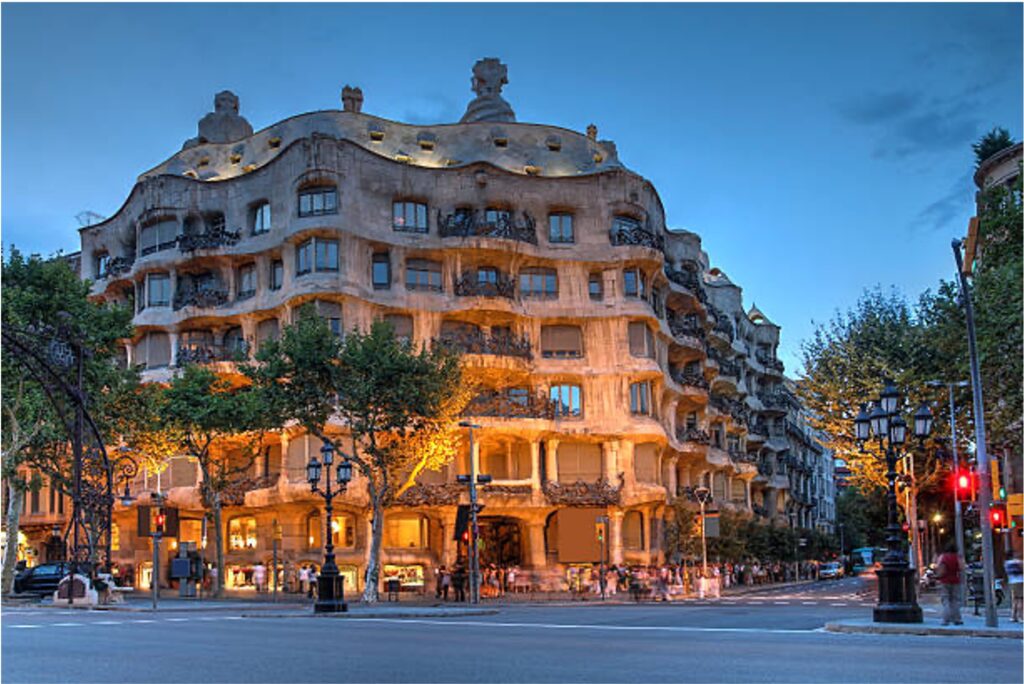
Casa Milà, also known as La Pedrera, is one of the iconic architectural masterpieces designed by Antoni Gaudí in Barcelona, Spain. Completed in 1912, it is a residential building renowned for its innovative and distinctive design. Casa Milà features an undulating stone facade with flowing lines, wrought-iron balconies resembling seaweed, and an organic, almost surreal appearance.
The building stands as a testament to Gaudí’s creativity and his fascination with natural forms. Today, Casa Milà is a UNESCO World Heritage Site and a popular tourist attraction, allowing visitors to explore its unique architecture and offering insights into the genius of Antoni Gaudí.
Casa Batlló is a modernist building located at Passeig de Gràcia 43 in Barcelona, Spain. The renowned Spanish architect Antoni Gaudí designed the six-story building at the request of the Batlló family, the property owners at the time.
Design critics note that the style of the home is hard to categorize, but with its lack of straight lines, it’s most closely related to art nouveau and twentieth-century Catalan modernism.
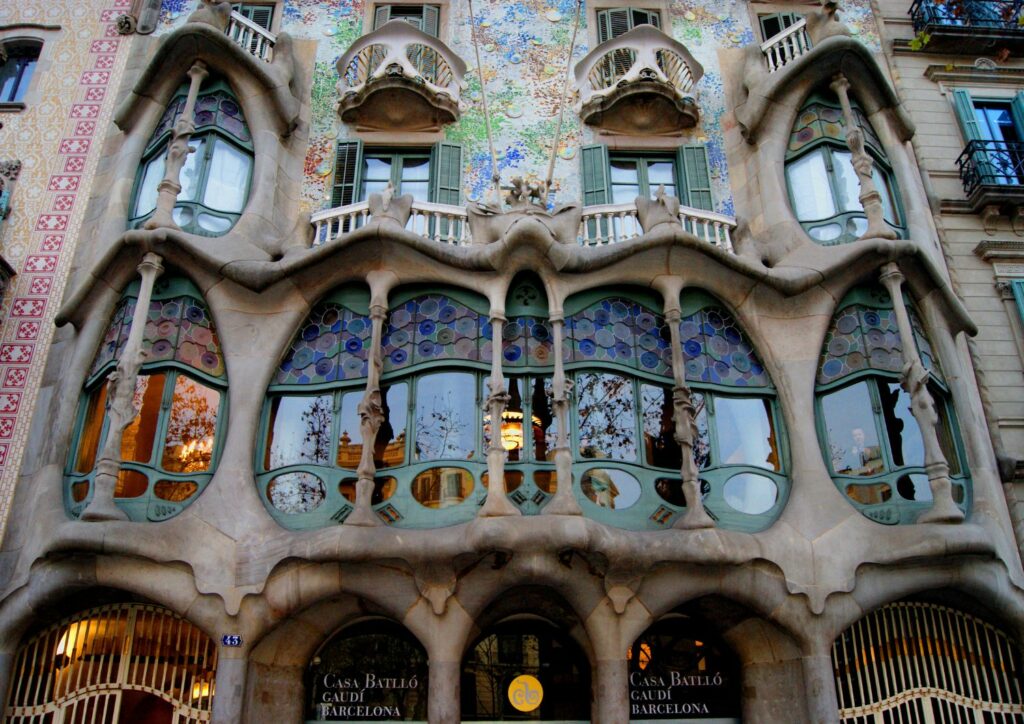
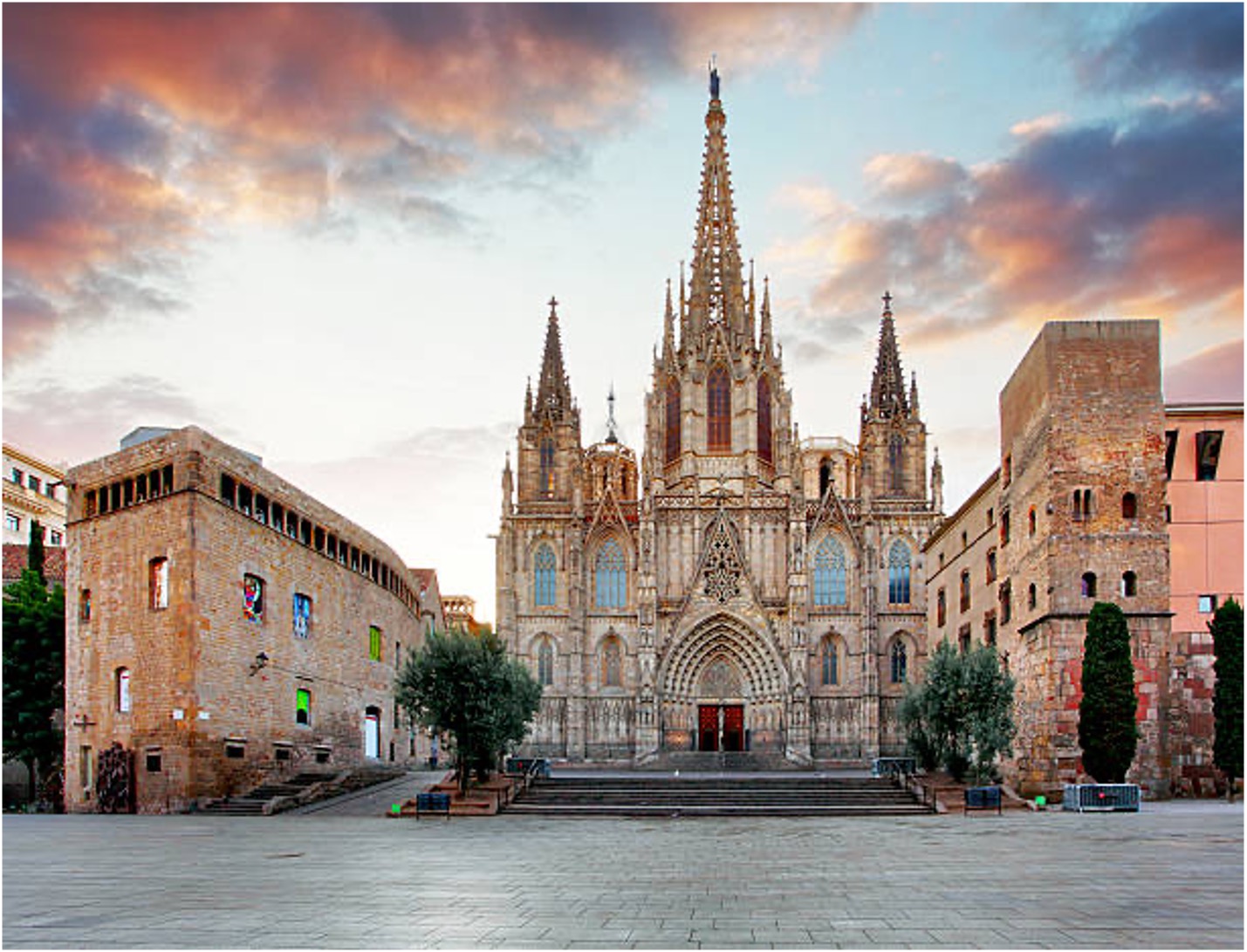
Exploring the Gothic Quarter of Barcelona is like stepping back in time, offering a captivating blend of history, art, and culture that continues to enchant visitors from around the world.
The Gothic Quarter is the heart of Barcelona’s old town and one of the most well-preserved medieval quarters in Europe. It’s a labyrinth of narrow, winding streets and picturesque squares, boasting a unique blend of Roman, Gothic, and medieval Catalan architecture.This neighborhood provides a fascinating glimpse into the city’s past, offering a perfect mix of history, culture, and charm.
Here, you can witness the stunning Barcelona Cathedral, an epitome of Gothic design, and visit PlaçaSant Jaume, the political heart of the city, adorned with historic landmarks. Discover the elegance of Basilica de Santa Maria del Mar and unearth the city’s past through the Museu d’Història de Barcelona (MUHBA), showcasing archaeological treasures beneath your feet. Stroll along La Rambla, enjoy the lively Plaça Reial, and wander Carrer del Bisbe’s charming streets.
Gaudi planned and directed the construction of the park from 1900 to 1914 for Eusebi Güell for a residential park intended for sixty single-family residences.
The project, however, was unsuccessful, and the park became city property in 1923. Though never fully completed, itremains one of Gaudi’s most colorful and playful works.
The park features colorful tiled mosaics, winding paths, and unusual sculptures. It is recognized as a UNESCO World Heritage Site and offers stunning views of the city.
It was originally intended to be a housing development, but Güell and Gaudi’s plan did not prove to be commerciallyviable and thus only two model homes were ever built. Today, the park serves as a popular tourist destination, drawingvisitors from all over the world.
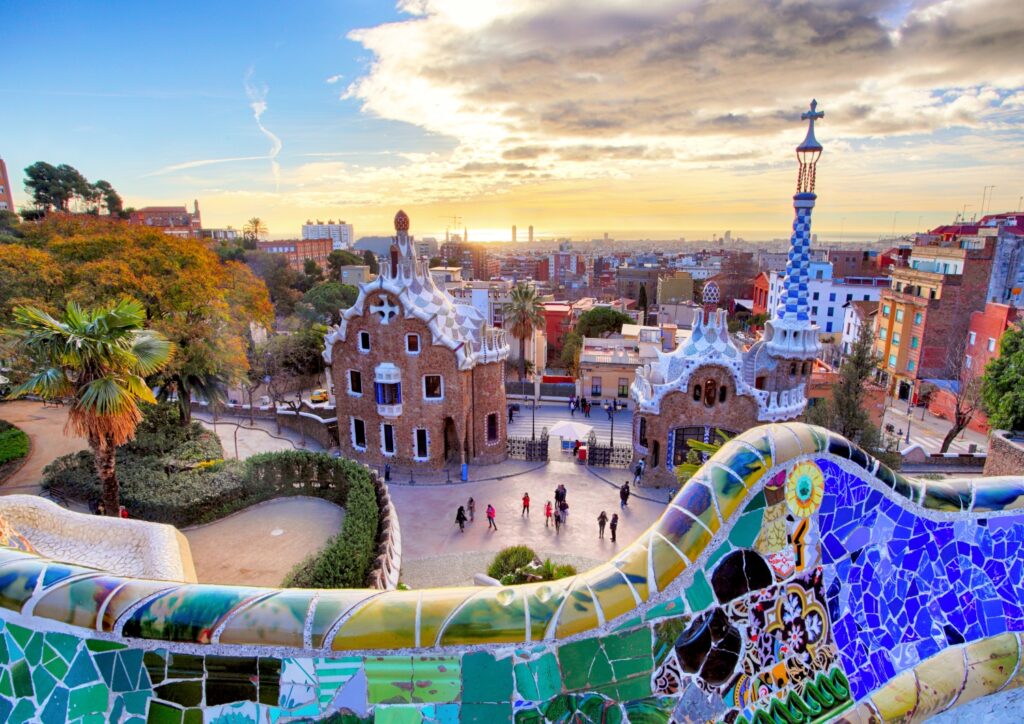
Photo source: Wikipedia; Canva